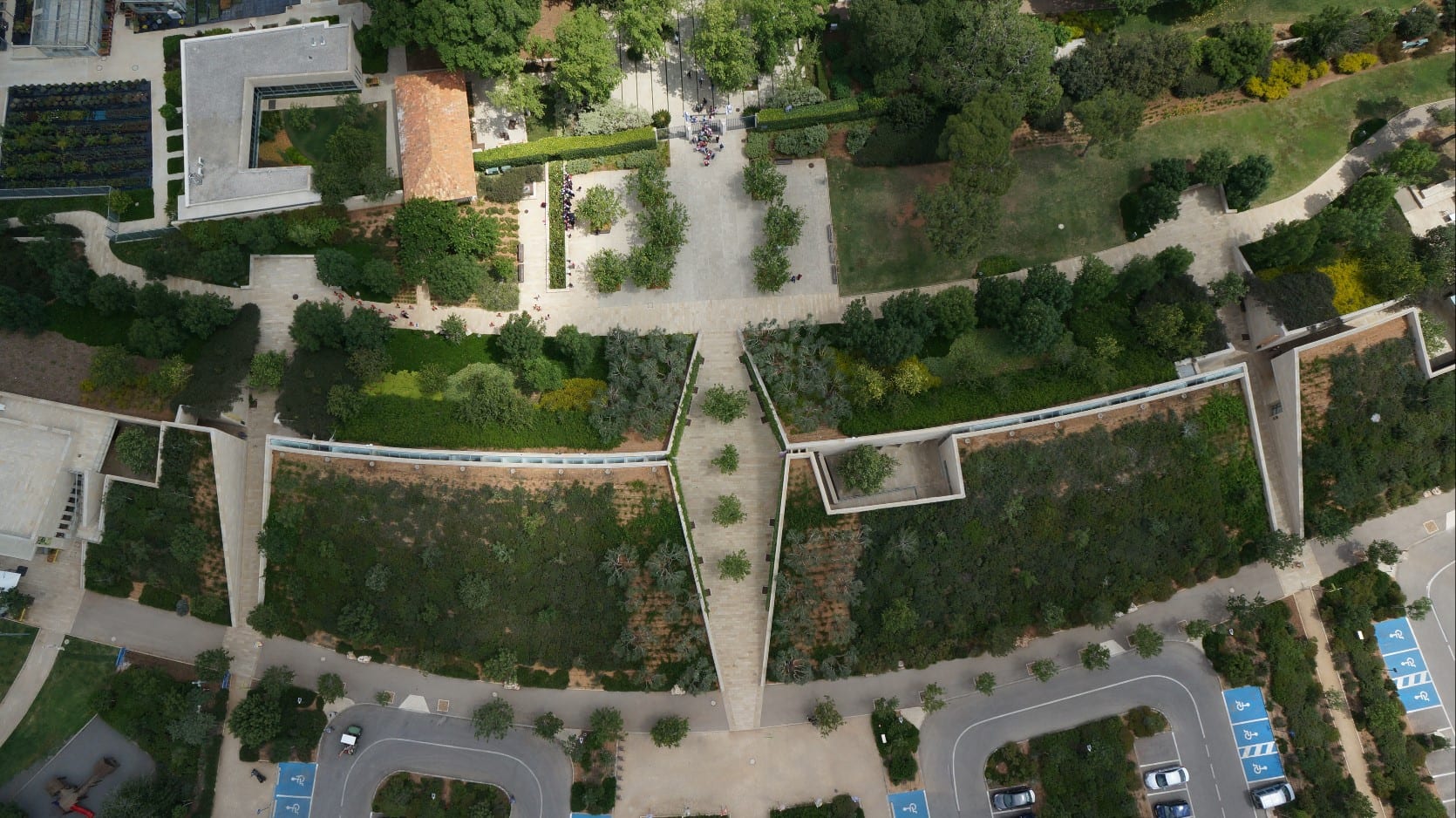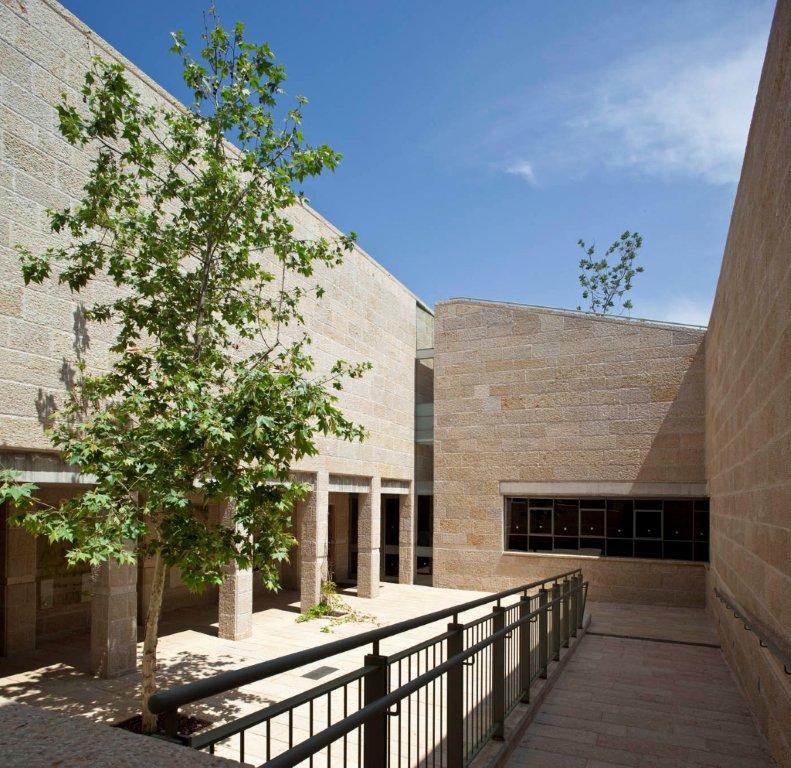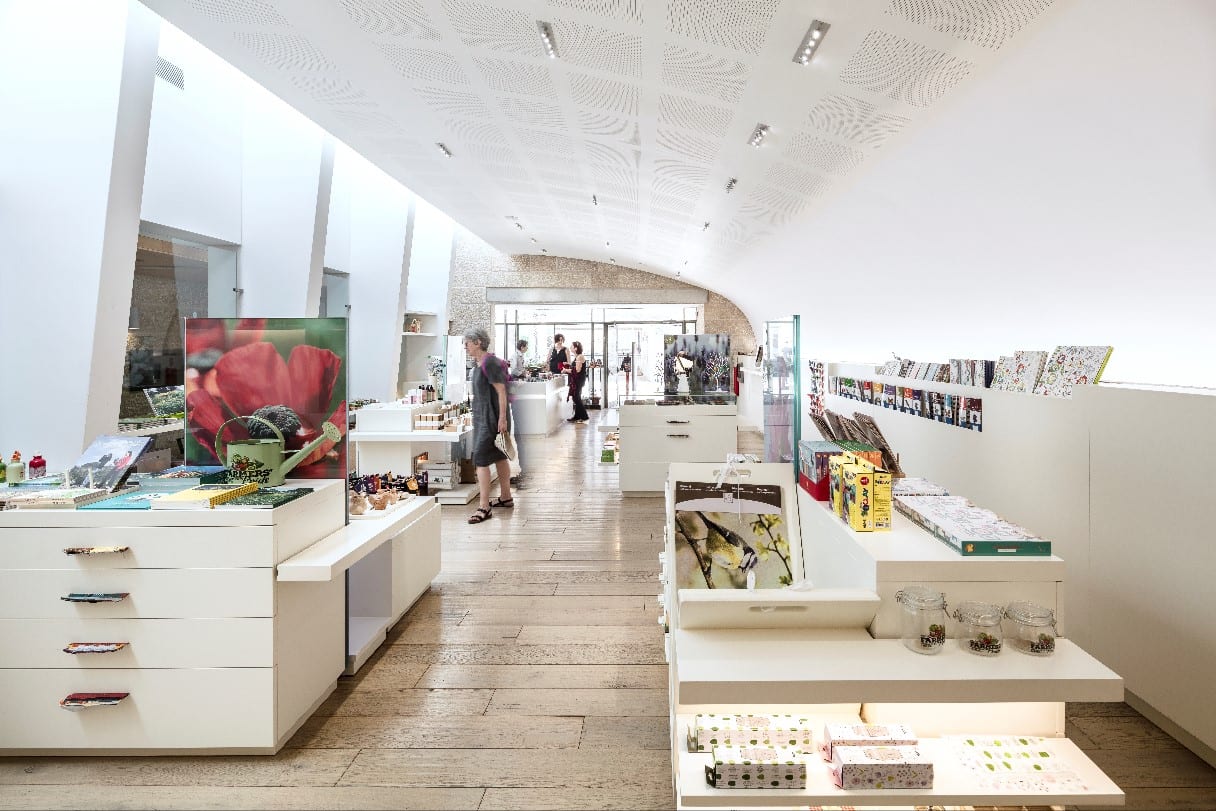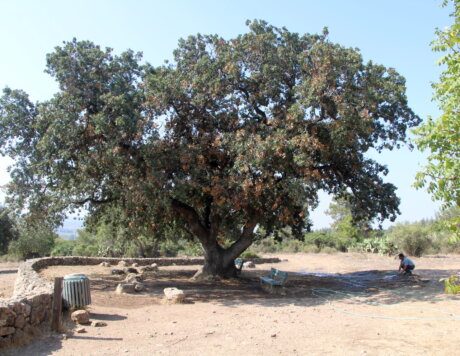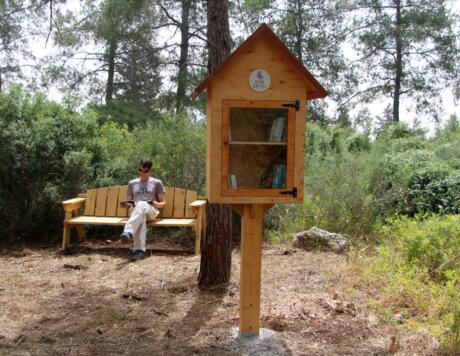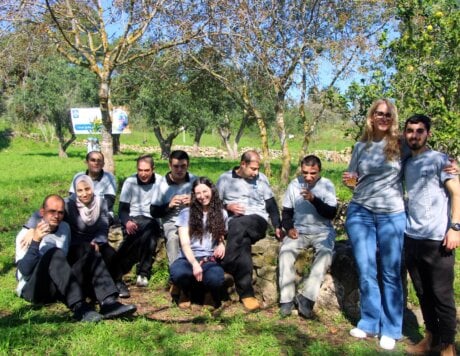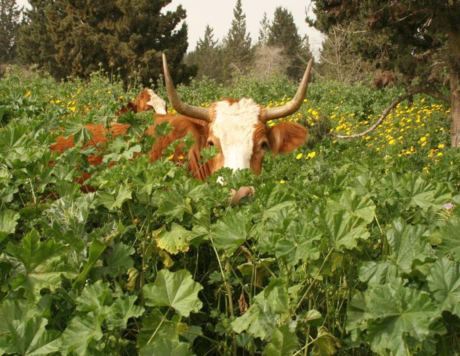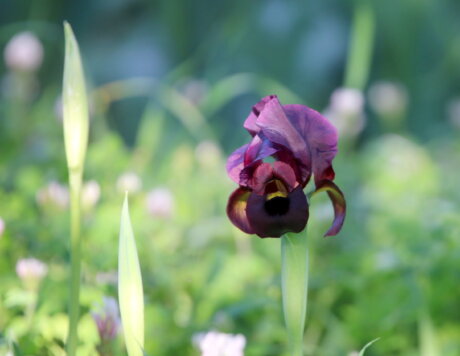Green, well-lit and aerated
Covering the roof with soil provides thermal insulation, facilitates regulation of the ambient temperature inside the building and contributes to saving energy. The trees and shrubs planted on the roof contribute to reducing air pollution and to integration of the building with the environment. Thought was also given to electricity consumption for lighting and air condition during the planning process – the building’s interior is lit up by daylight due to the unique structure of its roof. The two parts of the roof were connected along their entire length by a glass sky light, through which daylight penetrates, lighting up the long corridors of the building with ‘soft’ light.
A geothermal air-conditioning system was installed in the building, contributing to energy saving. To cool down the Visitors Pavilion, water flows from it in pipes that lead down shafts that were drilled into the soil to a depth of 40 m. In the depths of the soil the water cools quickly to the soil temperature and flows back to the building, thus cooling the air that flows into the spaces of the Visitors Pavilion.
Nature’s approval
What do you think wild boars do when some of their natural area becomes a Visitors Pavilion? They visit it of course.





